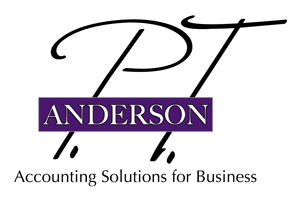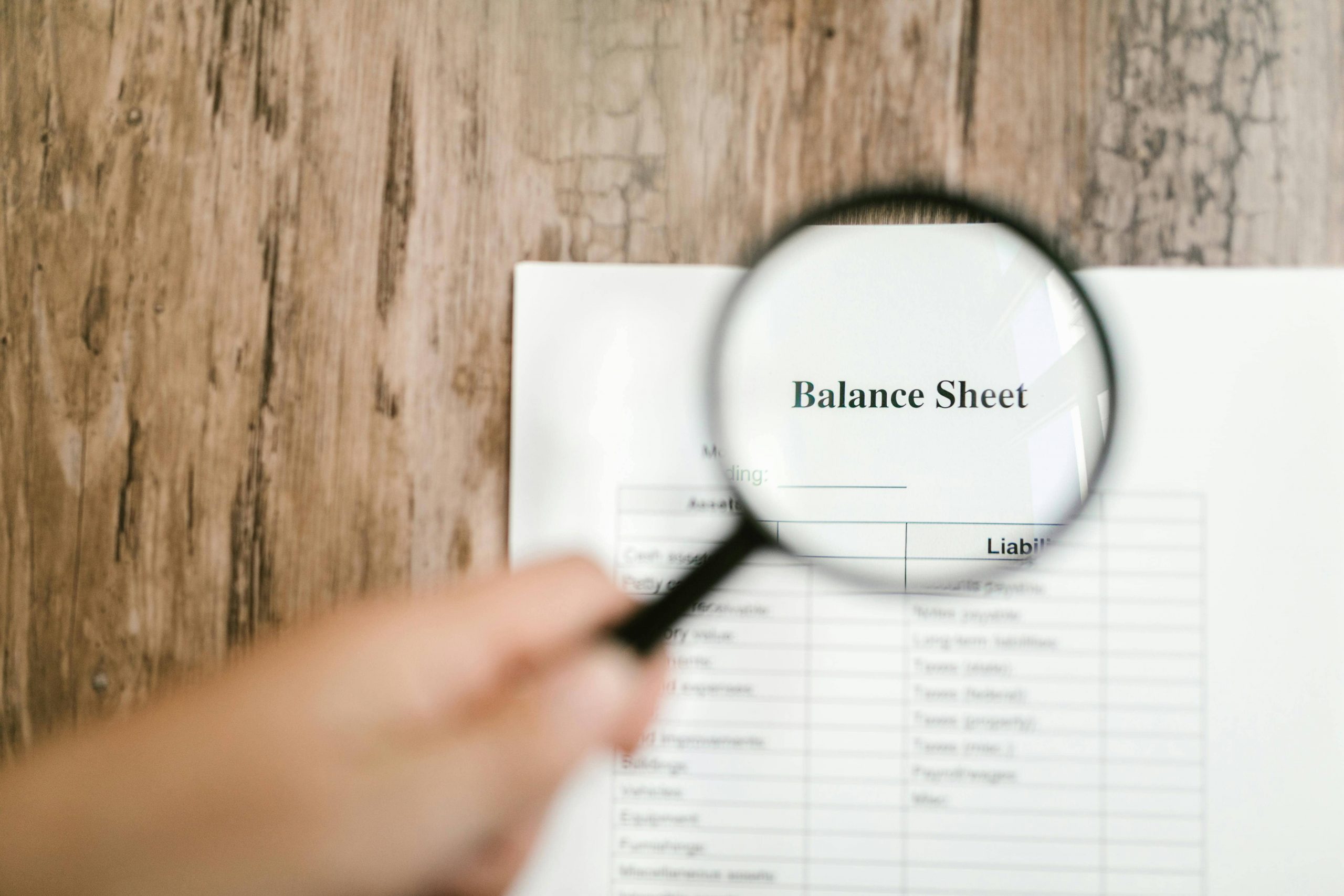A balance sheet is one of the three primary financial statements used to assess a company’s financial position at a specific point in time. It provides a snapshot of a company’s assets, liabilities, and equity. The balance sheet follows the fundamental accounting equation: Assets = Liabilities + Equity
Here’s a breakdown of the components of a balance sheet:
- Assets: Assets represent what the company owns or controls and can include tangible assets (such as cash, inventory, property, plant, and equipment) and intangible assets (such as patents, trademarks, and goodwill). Assets are typically listed in order of liquidity, with the most liquid assets (those that can be readily converted into cash) appearing first.
- Liabilities: Liabilities are the company’s obligations or debts to external parties. They can include both current liabilities (debts due within one year, such as accounts payable, short-term loans, and accrued expenses) and long-term liabilities (debts due beyond one year, such as long-term loans and bonds payable).
- Equity: Equity, also known as shareholders’ equity or net worth, represents the residual interest in the company’s assets after deducting liabilities. It includes the initial investment by shareholders, retained earnings (profits that have not been distributed as dividends), and other comprehensive income. Equity reflects the ownership stake of shareholders in the company.
The balance sheet is structured to ensure that the accounting equation remains balanced, with total assets always equaling total liabilities plus equity. This balance serves as a fundamental principle of double-entry accounting, where every transaction has equal and opposite effects on both sides of the equation.
The balance sheet provides valuable insights into a company’s financial health, including its liquidity (ability to meet short-term obligations), solvency (ability to meet long-term obligations), and financial leverage (the extent to which it relies on debt financing). Investors, creditors, and other stakeholders use the balance sheet to assess the company’s financial position and make informed decisions.

